So I got my licence. Of course, I last drove in traffic about fifteen years ago, before I came to Japan. And I probably haven't driven a car since 1993 when I got my motorcycle licence. 2016-1993 = *mumble* *mumble* middle age *mumble*
Having me behind the wheel of a car, in a major city, in left-hand traffic, after more than twenty years would be a disaster waiting to happen. So I've done what any sane adult would do:
Driving schools offer short refresher courses for people who no longer remember how to drive ("paper drivers") or want to brush up specific skills. They may have lived in a big city and never owned a car, or their spouse did all the driving. Or they do drive, but only in a quiet rural area.
I enrolled at the Orix driving school (warning: Japanese website design) in Minato-ku last week. I picked them only because getting there from home is convenient — they're right along the Chuo subway line — and because they had a special offer on their paper driver course, with 17000 yen for three lessons.
The first lesson was on their enclosed track. It let me get used to driving again and let the instructor evaluate my skill level without any old ladies being mowed down in the process. Turns out I do remember how to drive. Controlling the car, looking the right way, and starting and stopping smoothly came back to me immediately. I took the narrow S-turn and "crank" sections — a staple of the Japanese driving test — without trouble.
The second and third lessons were out in traffic. At first we just circled around the fairly quiet streets in the harbour area, then we moved towards Nishi-ku and the high-density traffic in Namba.
Osaka is possibly one of the worst places in Japan for driving. Like Tokyo or Nagoya it's a big, busy city with lots of traffic and a complex road environment. But Osaka is worst in the country at following traffic rules(1). Pedestrians and bicyclists see signs, red lights and road markings as an annoyance or an art installation to enjoy while you saunter across the road or weave between cars going the wrong way along the middle of the street.
To my surprise I got — well, not used to it, exactly, but I got resigned to the traffic fairly quickly. The speeds are pretty low overall, and people do drive conservatively. Speed regulation takes a bit of time to get used to. In Sweden, speeds are 50 or 30km/h, and it's easy to guess which just from the road. The default speed in Japan is 60km/h, but almost every street is regulated differently, with signs specifying 30, 40 or 50km/h, often with no obvious reason.
Traffic lights work a little differently in big intersections. You have a general red or green light, but also green arrows for the different directions. If the light is green you may turn, but there may be crossing traffic. If your arrow is green you can go, and all crossing or oncoming traffic has a red light. In busy intersections it can be impossible to see if the coast is clear when turning right so this gives you some safety. Except in Osaka, of course, where people tend to run red lights…
I'd been prepared to add a lesson or two if needed. But at the end of the third lesson my teacher told me that I'm doing well enough to drive by myself in Osaka, and should be able to drive anywhere in Japan now. Good enough for me. I can figure out the highway tolls and tower parking systems by myself.
This time I won't let my skills go bad again, so I'll make a point of renting a car every six months or so from now on. We'll probably just end up going to IKEA or something, but since driving practice is the point that doesn't much matter of course.
#1 Osaka has the highest all-over crime rate in the country, so I'm not too surprised.

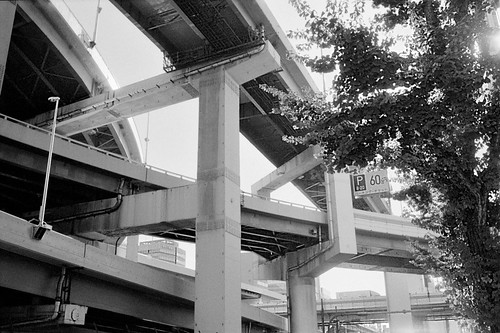
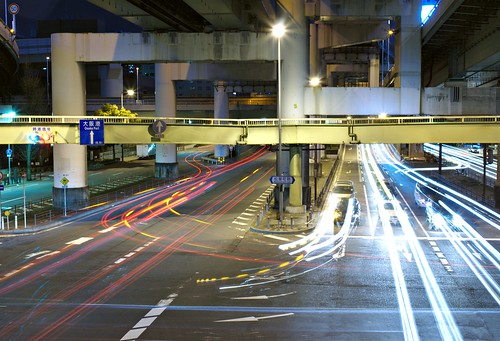
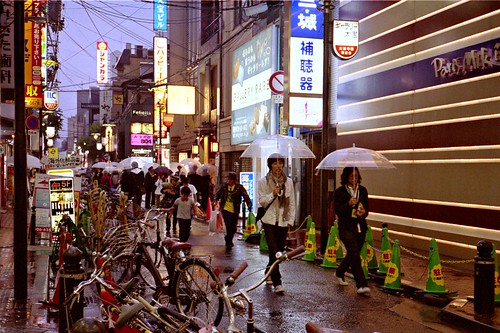
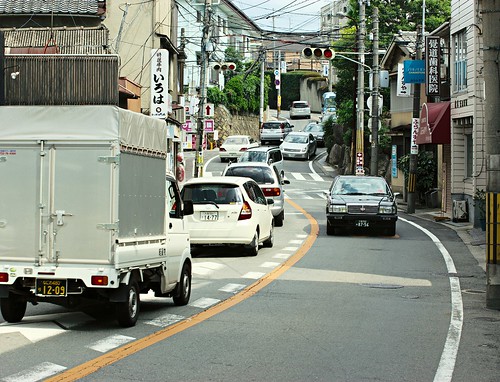
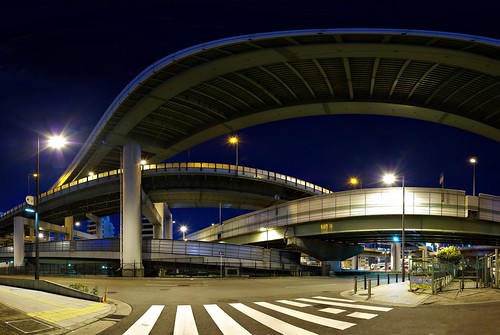
I learned to drive in London, in a mini, bombing round the South Circular with enormous trucks on my tail, and it was pretty good preparation for driving in Osaka. The Hanshin expressway loop is even worse than the M25 around London, and that's saying a lot. People say that a Naniwa number plate strikes fear into other drivers throughout Japan ...
ReplyDeleteI do think the slow pace helps a lot, though. It's crowded and confusing, but you have time to think ahead. Of course, the "student driver" signs all over the car probably helped.
ReplyDelete